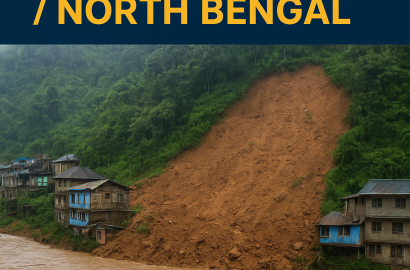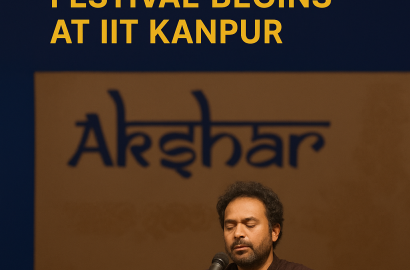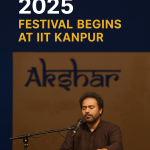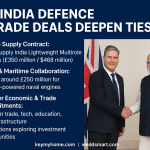India has announced an extension to the deadline for its first joint long-term tender to import liquefied petroleum gas (LPG) from the United States. The new submission cutoff is October 17, 2025, giving bidders additional time to finalize proposals for deliveries in 2026.
Background & Rationale
The tender, issued collectively by state refiners Indian Oil Corporation (IOC), Bharat Petroleum Corporation (BPCL), and Hindustan Petroleum Corporation (HPCL), calls for approximately 48 very large gas carriers (VLGCs) — roughly 2 million metric tons of LPG.
Traditionally, India has relied heavily on Middle Eastern suppliers — in 2024, more than 90% of its LPG imports were sourced from that region. The new tender is part of a deliberate push to diversify supply, reduce over-dependence on one region, and strengthen energy security.
Moreover, increasing LPG imports from the U.S. could help address India’s trade surplus with Washington — a point of leverage in ongoing bilateral trade dialogue.
Why the Extension?
This first tender is a complex undertaking. Some of the key reasons for granting extra time include:
Logistics & bid preparation: Given the scale and novelty of sourcing US LPG, bidders may require more time to arrange finance, shipping, contracts, insurance, and risk mitigation.
Contract structuring: The proposals need careful design — delivery terms (FOB, CFR, etc.), price escalation clauses, currency risk, and quality specifications all matter.
Supply alignment: U.S. suppliers, exporters, shipping companies, and terminals must align for 2026 delivery—adding an extra buffer may help reduce mismatches.
Challenges & Risks Ahead
While the extension is helpful, significant hurdles remain:
Freight and transport costs: Shipping LPG over long distances can be capital-intensive, and freight volatility may erode margins or make U.S. LPG less competitive.
Consistency of supply: Ensuring reliable delivery over years, not just for the first tender, will be important to build trust and viability.
Domestic subsidy pressures: India subsidizes LPG for many consumers. Escalating import or logistics costs must be balanced so that subsidies don’t become fiscally unsustainable.
Market competition & pricing: Middle Eastern suppliers, already adjusting their official selling prices, could aggressively compete to retain market share.
Geopolitical fluctuations: Sanctions, trade policies, export restrictions, and diplomatic shifts could disrupt supply expectations.
Strategic Implications
If India succeeds in sourcing even 10 % of its cooking gas (LPG) from the U.S. by 2026 — as is reportedly the goal — it could herald a structural shift in its energy diplomacy.
Some potential outcomes:
Reduced overreliance on the Gulf region
Strengthened bilateral energy ties with the U.S.
Enhanced bargaining power in global LPG markets
Signals to the energy industry: India is open to competitive, diversified sourcing
At the same time, the success of this strategy will depend heavily on how well the logistics, financing, infrastructure, and policy adjustments are handled.
For more updates and deeper analysis, you may also check out KeyMyHome (https://www.keymyhome.com) and WeddSmart (https://www.weddsmart.com).
Related posts:
Heavy rains triggered destructive floods and landslides in Darjeeling and North Bengal, claiming lives, destroying homes, collapsing roads and bridges, and displacing communities. Rescue efforts are ongoing amid challenging terrain and forecasted rains.
IIT Kanpur’s three-day literary and cultural festival Akshar 2025 began with lectures on Premchand and folk traditions, ghazal performances, storytelling sessions, and musical acts—celebrating India’s linguistic and artistic heritage. Visit KeyMyHome and WeddSmart for more.


 Crushing Rains: Darjeeling & North Bengal Devastated by Floods and Landslides
Crushing Rains: Darjeeling & North Bengal Devastated by Floods and Landslides
 “Akshar 2025” Festival Sparks Literary & Cultural Renaissance at IIT Kanpur
“Akshar 2025” Festival Sparks Literary & Cultural Renaissance at IIT Kanpur
 Global Markets Show Signs of Caution Amid Elevated Risk Sentiment
Global Markets Show Signs of Caution Amid Elevated Risk Sentiment
 UK-India Defence & Trade Deals Deepen Ties: A New Chapter in Strategic Partnership
UK-India Defence & Trade Deals Deepen Ties: A New Chapter in Strategic Partnership
 India Extends Deadline for US LPG Import Tender: Strategic Implications and Challenges
India Extends Deadline for US LPG Import Tender: Strategic Implications and Challenges